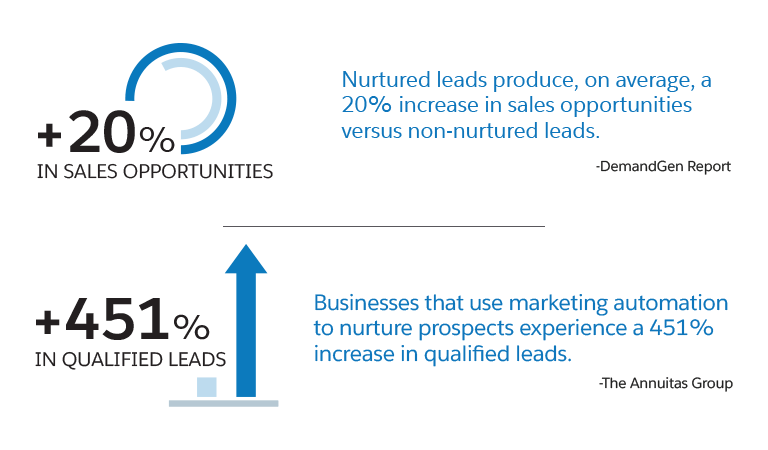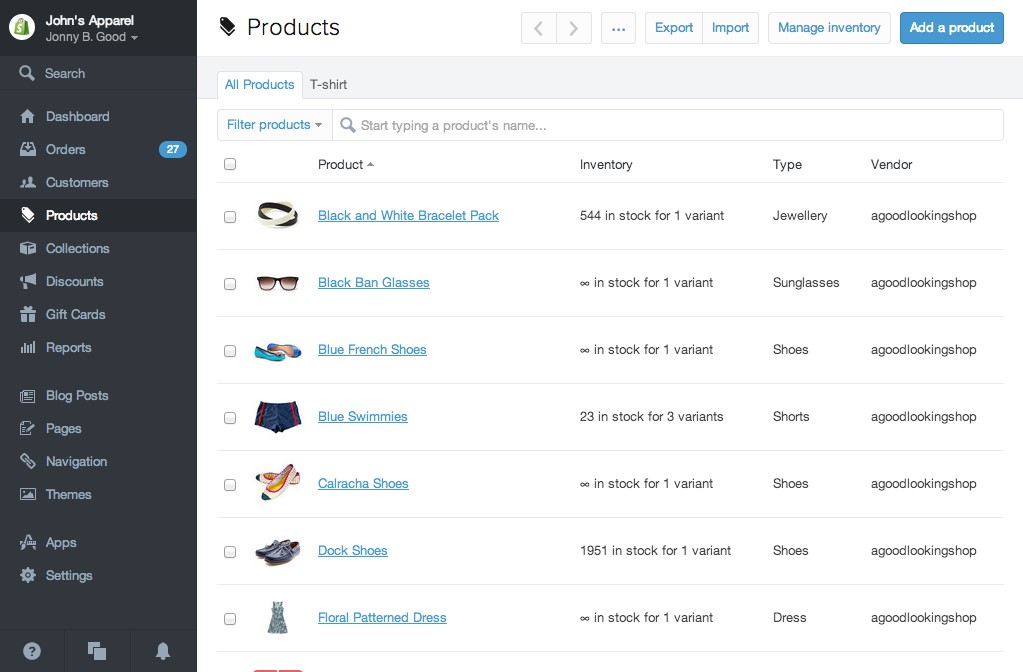Starting an e-commerce store is an equally challenging and exciting process. There is a constant shift between readiness for success and difficulty managing the current obstacles. When running an e-commerce startup, it’s critical for owners to manage their finances well. This means knowing when to save and when to invest. E-commerce startups require a significant amount of cash to make it through the first few months of operation. One of the best ways to get that money is by reducing current operational costs and using free eCommerce tools. Here are four ways to bootstrap e-commerce startup costs.
1. Use cheap hosting
For an e-commerce site, paying hosting fees is the equivalent of a brick-and-mortar store paying rent. Instead of paying a monthly fee for a physical place, you’re making monthly payments for space on a large server. Websites wouldn’t be able to function without powerful servers. In the same way, brick-and-mortar stores couldn’t operate successfully without a storefront.
When starting an online store, many people cringe at the idea of paying for monthly server space. With investments already being put towards inventory, website design, warehousing fees, and storage costs, putting up the money for monthly hosting can feel like you’re being robbed.
A vast majority of hosting providers offer a sliding scale of payment plans. The higher prices are correlated to faster servers, more space, and greater security among other advantages. It’s a great idea for new e-commerce sites to start with the cheapest hosting option and slowly work their way up the scale of offers as their needs change.
If you take a look at most cheaper alternatives, you’ll notice that, if you’re going the cheap hosting route, be careful of your server resources. For example, your e-commerce site’s available storage space may be limited. This will restrict the number of blog posts, product descriptions, and images you can have listed on the site. As the needs of your e-commerce site grow, you can easily transfer between each of the available offers from your hosting provider. It’s important to understand how much server resources your site needs before going live.
2. Automate components of your business
Time is the most valuable resource for every company. This is especially true for startups who need to work around the clock to ensure their projects can get off the ground. If you can find a way to save time, you’re essentially saving money in the long term.
Automation is the best way to save time without having to cut back on productivity. In fact, the right automation can even increase efficiency and workflow. For e-commerce startups, automation is an excellent solution for saving money in the early stages of growth. Instead of having to waste time and resources on certain projects, these tasks can be completed automatically via technology.
For example, you can set up an automatic email campaign in lieu of hiring an email marketer. You’ll be saving money that would have gone towards another employee’s salary, and your site’s users will be receiving emails automatically. With these automated campaigns, you can even set auto-responses to answer common questions.
Automation isn’t a practice limited to large manufacturers. With the right tools and strategies, automation can help reduce your e-commerce site’s startup costs. The primary goals of automation are to reduce the number of employees required to complete a job and increasing the efficiency by which that task is completed.
3. Design the site by yourself
The design and layout of an e-commerce site is a critical component to the success of an online store. Poor functionality and a bad layout can result in a high bounce rate. Customers like to see a clean and responsive design when shopping for items online.
In light of all these particularities, many entrepreneurs assume that the design of their site must be outsourced. While this strategy will result in a great site, it will also cost a significant amount of money. These funds could be put towards more important aspects of growth for an e-commerce startup.
Designing the site by yourself is a great way to save money on startup costs. Even if you don’t have any experience in web design, a vast majority of hosting or domain providers offer site-building platforms as well. These tools make it easy for anyone to design a functional and responsive e-commerce site. It’s a good idea to start with an e-commerce template and add personalized touches.
4. Start with a limited inventory
Many entrepreneurs make the mistake of placing too many products on their new e-commerce website. There is a general misconception that customers are more likely to purchase from an online store that has a greater selection of items. In reality, this isn’t one of the major factors that contribute to a successful sale for e-commerce sites.
When starting an online store, it’s important to start with a limited inventory. This is an excellent way to cut initial startup costs, reduce the chances for product returns, and simplify the inventory process. Having a large number of items will lead to more problems and costs than new e-commerce sites can handle.
New e-commerce sites should focus on roughly three different, high-quality products to sell. With this strategy, you won’t have to worry about maintaining a disorganized inventory of 20+ products which may not sell. You’ll also greatly reduce the number of product returns sent by unsatisfied customers.
Once you’ve established a successful foundation with a few products, you can expand the inventory with much less financial risk. You’ll have more information about your clientele base to make an educated choice when advertising new products. When choosing products for a new e-commerce site, simplicity is key.
E-commerce sites have become an increasingly popular business model within the past few years. With the massive success that sites like Amazon and Zappos have experienced, entrepreneurs from all different backgrounds are motivated to try their luck at this low-risk business plan. Many e-commerce sites end up failing because of too much spending. These four strategies can help you bootstrap your e-commerce startup costs and ensure a successful future for the business.













